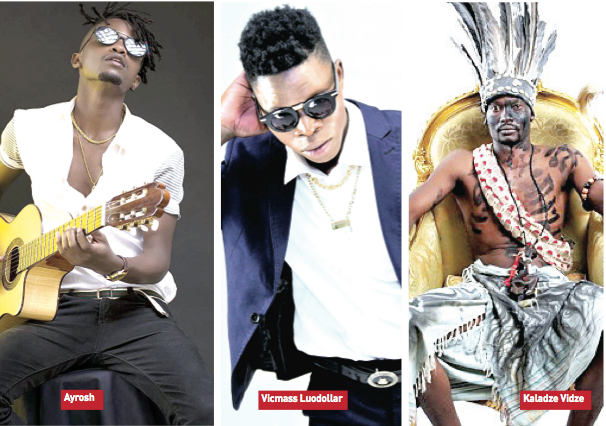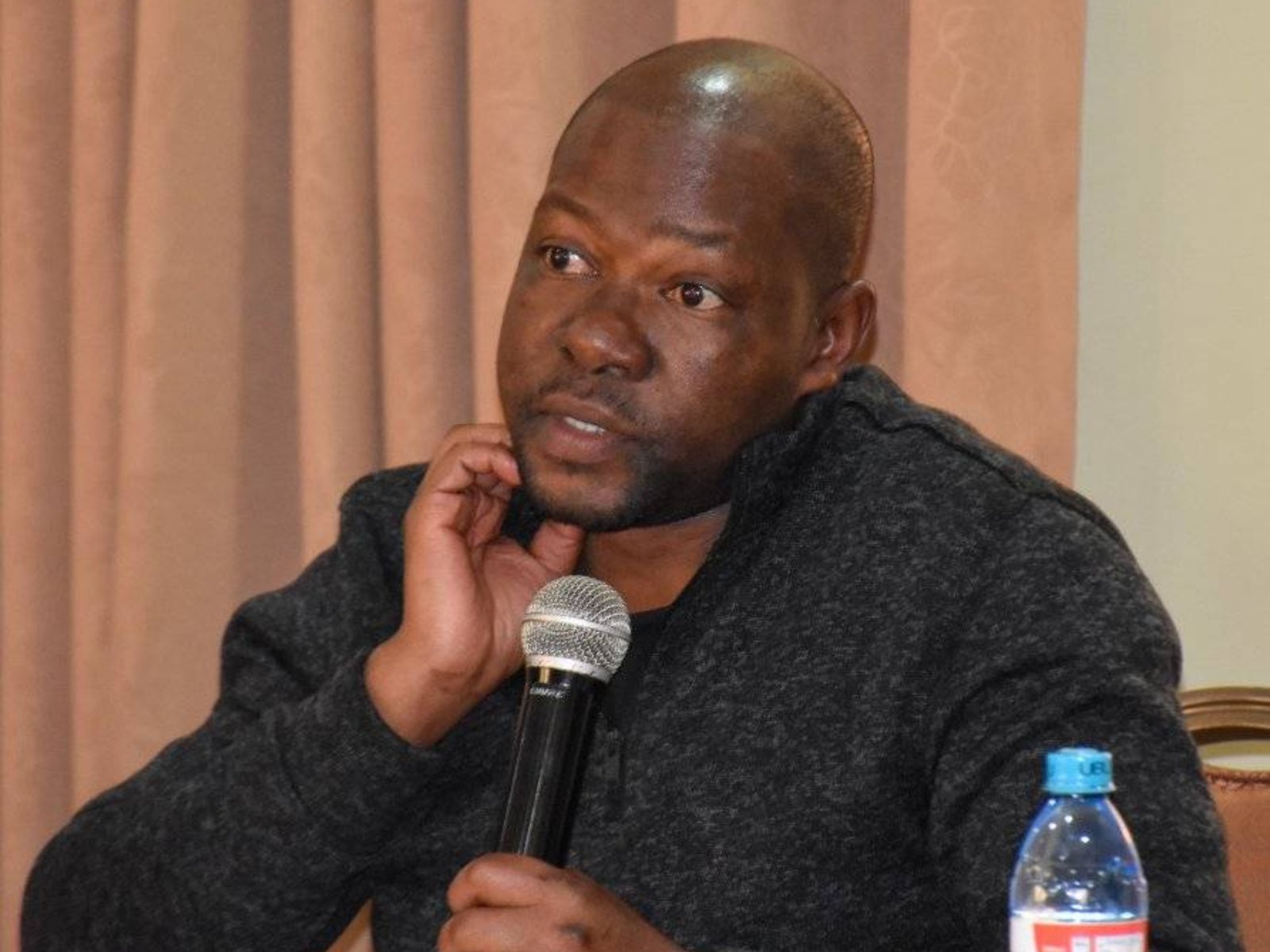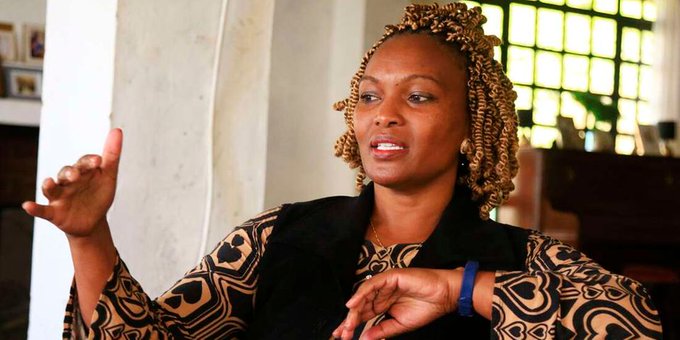Despite developments, vernacular music still manages to consolidate its relevance

Vernacular music in Kenya is turning to an arguably marginalised affair at the expense of urban music genres. But as ALFAYO ONYANGO writes, despite developments and more popularised modern genres, the scene still manages to consolidate its relevance through music fusions
The cultural diversity in Kenya is just as rich as in any other African nation. The country is blessed with 43 ethnicities while her neighbour Ethiopia has more than 82 cultural tribes. Each of these two countries has own unique traditions and customs.
Musically, Kenya’s mainstream media has been biased in the sense that, not until recently, it only catered for the urban, educated and township audience where the majority of TV and radio stations audiences are concentrated. Most of these stations are programmed in English and Kiswahili. However, with the transition to digital TV in 2015, more dialectic channels emerged. This gave indigenous language stations an opportunity to transmit their ethnical offerings to the larger percentage of the population—the remote divide that does not necessarily subscribe to either of the national languages, but still desires information and entertainment disseminated in their respective and preferred languages.
This gap was ultimately filled through that significant period mitigating the passive poignant structure that barred the thriving of local cultures in the country’s media space. The liberation of more than 50 TV and radio stations being able to air was a triumphant moment for the country’s cultural appreciation in entirety.
“The Maa community in Kenya, for example, is a large and devoted divide. They are highly engaged and practically participate in all interactive radio shows, including during odd hours, both on social media and call-ins. Our listenership is broad and so we had to introduce an online radio platform, so that each and everyone interested could be included in the shows. This is a motivation for us,” says Maiyan FM presenter Kimintah Call.
Huge appeal
Contemporary artiste, Ayrosh is a testament that there is a huge clout that comes with the art of performing strictly in native lingua. He fuses his songs with his Gikuyu mother tongue and it is through this that he has been able to consolidate a huge urban fan base.
“I rarely write or perform music in English because I am passionate about the mugithi jams. I have a lot of pride in knowing that I share the music of our people, and it makes me happy when I see my fans jamming and plugging into the vibe,” he tells Spice of his affinity of performing in his culturally rooted lingua.
He adds, “I am happy to record steady growth in the people who enjoy the music here in Kenya and worldwide. A good example is that I launched my latest Extended Play (EP) Murasta to a sold out audience at the Michael Joseph Centre earlier in the year. This further proved that audiences feel the need for Africans to be proud of who they are as well as their language.”
The other side of the radius is Dholuo recording and performing artiste Vicmass Luodollar. He instantly turned into a nationwide star when his 2016 hit song Bank Otuch featuring rapper Octopizzo went viral. This particular hit made him ‘accepted’ by the audiences beyond his own.
“Bank Otuch, alongside some of my other hits such as Simbe Adek, have made me an A-list musician in the country. Simbe Adek has earned me endorsements with big corporate entities such as the Pwani Oil Products Ltd. When these companies come knocking at your door, I guess it’s a sign you are doing well. My family is well taken care of and I am also paving the way for artistes behind me and this gives me great joy,” says Luodollar.
International influence
There will always be a space for traditional artistes and this is evident in any era of the craft. Before dialectic urban artistes such as Rankaddah, Vicmass Luodollar, Smallz Lethal and Raj, there existed enormous superstars in their prime. Gidi Gidi Maji Maji rocked not only nationally, but also internationally. Artistry produced in local dialect styles have continuously and prominently starred in showcasing Kenya’s vibrant culture through music abroad.
Acts such as Makadem and Suzanna Owiyo are premium artistes that have been cultural ambassadors for Kenya through their music. They are continuously on tours abroad, gracing jam-packed platforms that hardly allow them to miss out on the opportunities to perform to foreign crowds for handsome amounts of cash rewards.
“Opportunities, in form of cultural exchange programmes between artistes from different countries are ripe. Networking through seminars and workshops gives knowledge and exposure to artistes. The opportunities created are in abundance; selling of culture to new markets thus foreign exchange, job opportunities created, getting unique and untapped markets for our cultural products, you name it,” says versatile Giriama traditional artiste Kaladze Vidze.
Kenyan China-based music composer and percussionist Moseh The Drummist has been chasing greener pastures and has been scoring numerous gigs abroad due to his musical exploits.
“We need to embrace the diversity of sounds we have in our nation. We have more than 42 tribes, yet we only accept and value what we listen tp on our urban TV and radio stations. We need to be more patriotic and understand that Kenya has got a lot to offer not to only Kenyans, but also to the rest of the world,” he says.
Firm philosophies
One would think that these artists are limiting themselves to a certain degree, but instead, their mindsets are only driving them to more creativity and it doesn’t seem like it will break anytime soon as they create multiple sources of revenue.
“It’s important for me to be artistic in this way because I am a representation of our Giriama culture; my dress code, language and characters in the music videos. The instruments I use in performances all symbolise my traditional style. The westernised culture has taken a wave in the African continent, especially from the 20th Century. So, my main aim is for people, especially Africans, to embrace our diverse cultures and to know and appreciate them. We should go back to our roots because for you to move ahead, you must know where you come from,” says Vidze.
Luodollar adds: “I don’t rap in Dholuo because I am Luo. It’s just sweet and it is a lifestyle, an overall great feeling to rap in my mother tongue. My music is not to please anyone. I do it to feel happy and it’s like my daily therapy.
“Any time I write a song and step into studio to record it, it means it has a place in my heart. I want to listen to it later and smile while it’s playing. Anybody’s comment doesn’t matter at that time and that’s the kind of musician I am.”
Ayrosh stresses that history books haven’t told the ‘African story’ yet, but music has been telling the narrative for many years.
‘‘I play a lot of folk fusion in live shows. I consider myself a diverse musician because I listen, enjoy and get influenced by music from all over the world. History books did not teach us the African story, so the songs we produce records it. When you listen, you appreciate the power music has in recording moments in time. We seek to retell these stories in such a way that future generations might find it interesting. One of the ways is recording the language,” he says.










